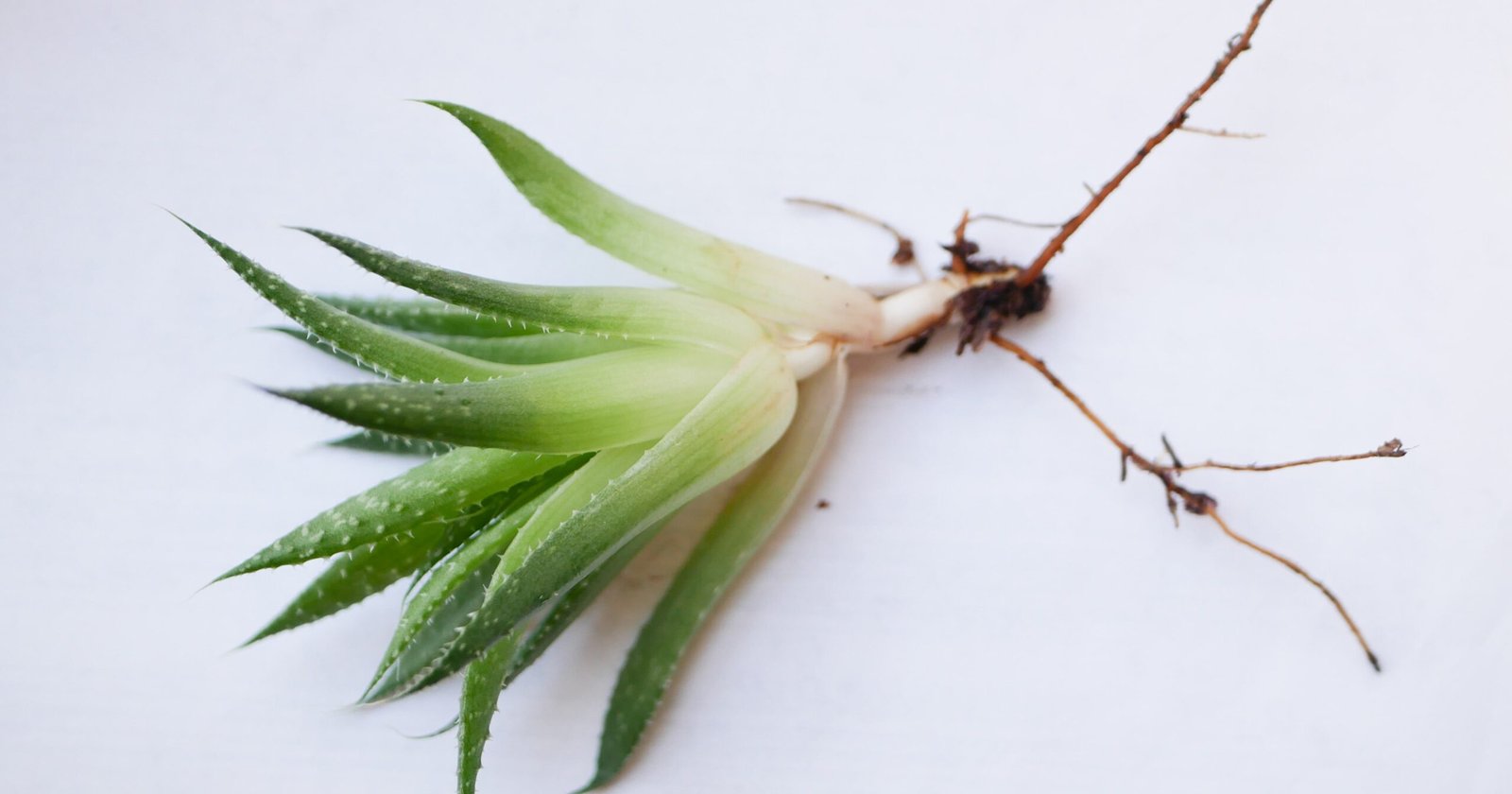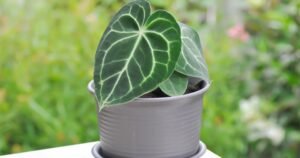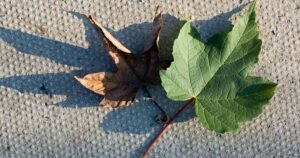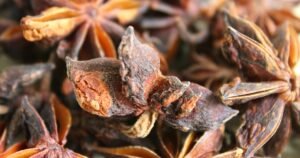Why Are My Succulents Turning Brown? Succulents boast a plump, fleshy appearance due to the substantial moisture stored in their leaves. Yet, these moisture reserves deplete if a succulent lacks adequate water for an extended period. Consequently, this can result in undesirable symptoms such as brown leaf tips, dry or wrinkled flesh, and other signs of distress.
Succulents, known for their vibrant and resilient nature, are beloved by many for their ability to thrive in various environments.
However, when succulents start turning brown, it can be alarming and confusing for plant enthusiasts. In this guide, we’ll delve into the potential reasons behind succulents turning brown and offer insights on addressing and preventing this issue.
1. Watering Issues
Overwatering:
- Problem: One of the primary causes of succulents turning brown is overwatering. Succulents are adapted to arid environments and store water in their leaves and stems. Too much water can lead to root rot, causing the leaves to turn brown and mushy.
- Solution: Adjust your watering schedule to ensure the soil dries completely between waterings. Use well-draining soil and pots with drainage holes to prevent excess water accumulation.
Underwatering:
- Problem: On the flip side, underwatering can cause succulents to turn brown and dry out. Insufficient water can lead to wilting and shriveling of the leaves.
- Solution: Develop a consistent watering routine, ensuring moist soil during each session. Monitor the moisture level and adjust the frequency based on the plant’s needs.
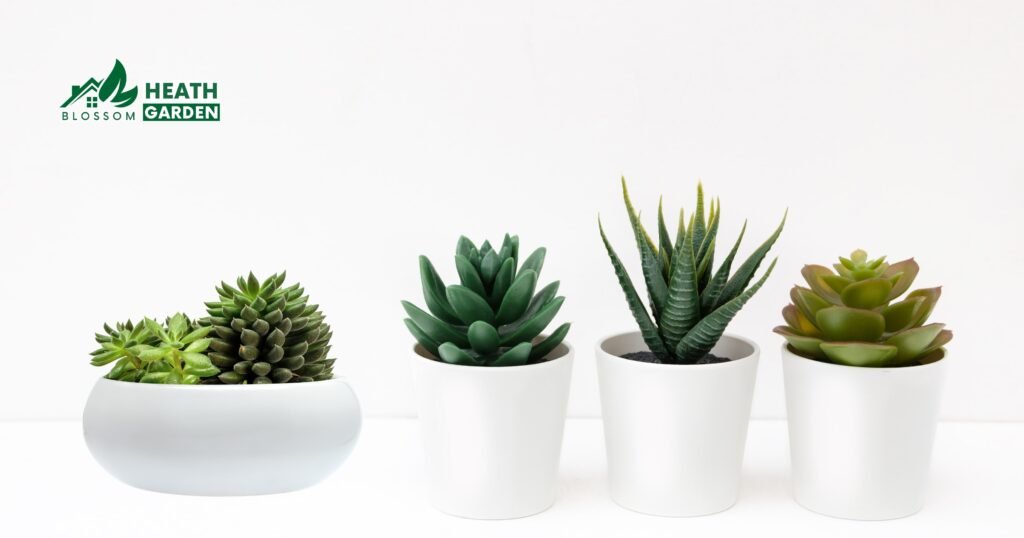
2. Lighting Conditions
Insufficient Light:
- Problem: Succulents need ample sunlight to maintain their vibrant colors and health. They may turn brown and stretch towards the light source if they don’t receive enough light.
- Solution: Place your succulents in a well-lit area, preferably near a south-facing window where they can receive at least 6 hours of sunlight daily. Consider using grow lights to supplement their lighting needs if natural light is limited.
Direct Sunlight Exposure:
- Problem: While succulents need sunlight, excessive direct sunlight, especially during peak hours, can scorch the leaves, causing them to turn brown and even black.
- Solution: Provide filtered or indirect sunlight to protect your succulents from intense sunlight. Consider moving them to a slightly shaded area during the hottest parts of the day.
3. Temperature Extremes
Extreme Cold:
- Problem: Succulents are generally resilient to warmer temperatures, but exposure to extreme cold can damage their leaves, turning them brown or black.
- Solution: Move your succulents indoors or to a sheltered area during colder months or if frost is expected. Ensure they are not placed near cold drafts or heating vents.
Extreme Heat:
- Problem: Prolonged exposure to high temperatures can cause sunburn or heat stress, resulting in brown spots or patches on the leaves.
- Solution: Protect your succulents from intense heat by providing shade during the hottest part of the day. Adequately water them to help them cope with high temperatures.

4. Soil Issues
Why Are My Succulents Turning Brown?
Poor Quality Soil:
- Problem: Using soil that doesn’t provide proper drainage can lead to soggy shoots and root rot, causing the succulent leaves to turn brown and mushy.
- Solution: Use a well-draining succulent or cactus-specific soil mix to ensure excess water can easily escape, preventing root rot.
Soil Compaction:
- Problem: Compacted soil can lead to poor aeration and water retention, causing the roots to suffocate and the leaves to turn brown.
- Solution: Regularly loosen the soil around the succulent’s roots, improve aeration, and ensure the soil remains loose and well-draining.
Lack of Nutrients:
- Problem: Succulents, like other plants, need certain nutrients to thrive. The plants may show signs of nutrient deficiency, such as browning or yellowing leaves if the soil lacks these nutrients.
- Solution: Regularly replenish the soil with a balanced, succulent-friendly fertilizer to ensure your plants receive nutrients. Be careful not to over-fertilize, as this can also harm the plants. Follow the manufacturer’s instructions for dosage and frequency.
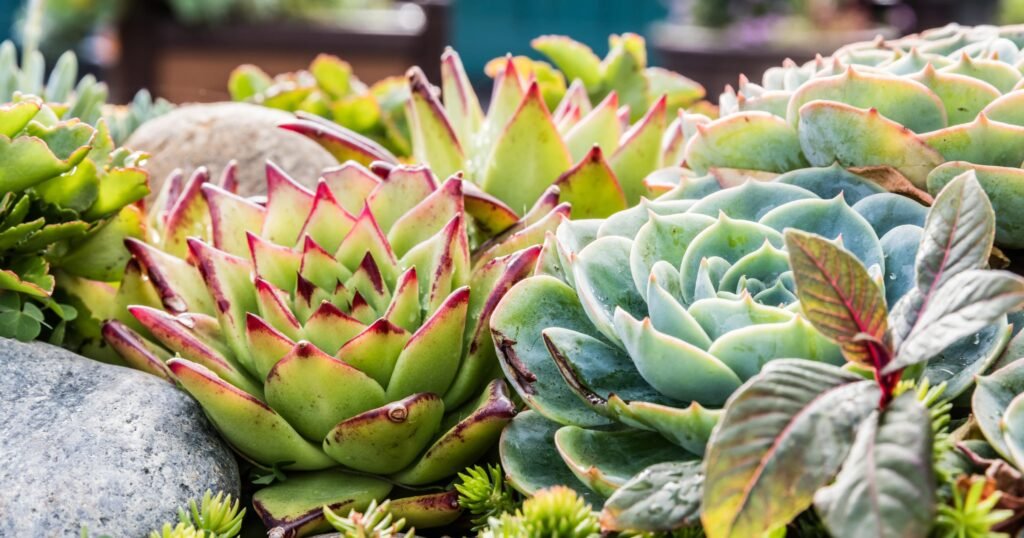
5. Disease and Pests
Fungal Infections:
- Problem: Fungal infections, often resulting from excess moisture or poor ventilation, can cause browning and decay of succulent leaves.
- Solution: Treat fungal infections with appropriate fungicides and improve air circulation by spacing out plants and avoiding overcrowding.
Posts:
- Problem: Pests like mealybugs, spider mites, or aphids can damage succulent leaves, causing them to turn brown and wither.
- Solution: Inspect your succulents regularly for signs of pests and treat infestations with insecticidal soap or neem oil. Isolate-affected plants to prevent the spread of pests.
6. Natural Aging Process
Why Are My Succulents Turning Brown?
Leaf Shedding:
- Problem: It’s natural for succulents to shed older or lower leaves, which can turn brown before falling off.
- Solution: Gently remove the brown leaves to maintain the plant’s appearance and encourage new growth.
Growth Cycle:
- Problem: As part of their growth cycle, succulents may experience periods of dormancy or slower growth, during which some leaves may turn brown.
- Solution: Understand and respect your succulent’s growth cycle. During dormancy, reduce watering and allow for cooler temperatures. If those plants remain healthy and vibrant, the occasional browning of individual leaves is likely a normal part of the plant’s life cycle.
Inappropriate Pot Size:
- Problem: If the pot is too small, the succulent’s roots can become crowded, leading to stress and potentially causing the leaves to turn brown. Conversely, a pot that’s too large can encourage excessive soil moisture and lead to root rot.
- Solution: Select a pot that’s just slightly larger than the root ball of your succulent. As a general rule, there should be no more than 1-2 inches (2.5-5 cm) between the root ball and the edge of the pot. Pots should also have drainage holes to avoid water accumulation.
7. Improper Feeding
Why Are My Succulents Turning Brown?
Lack of Nutrients:
- Problem: Succulents need specific nutrients for healthy growth, and a lack of these nutrients can cause browning or discoloration of the leaves.
- Solution: Use a balanced succulent fertilizer and follow the recommended feeding schedule to ensure your succulents receive nutrients.
Excess Fertilizer:
- Problem: While succulents require nutrients for growth, excess fertilizer can be harmful, causing chemical burns that may result in the leaves turning brown.
- Solution: Always follow the recommended dosage when applying fertilizer. If you suspect over-fertilization, flush the soil with clean water to remove excess nutrients and allow the soil to dry out before the next watering.
Conclusion
Why Are My Succulents Turning Brown? In conclusion, maintaining the health and vibrancy of succulents involves careful attention to several factors, including light, temperature, soil conditions, disease and pests, natural aging process, pot size, and feeding. Each of these factors has potential problems and solutions, and understanding them can help you prevent your succulent leaves from turning brown and ensure they thrive. Remember, succulents are resilient plants by nature. A little knowledge and attentiveness go a long way in keeping these beautiful plants at their best.
FAQs
How do you revive a brown succulent?
Reviving a brown succulent depends on the cause of the browning. If it’s due to underwatering, slowly increase your watering schedule. For overwatering, allow the soil to dry out before the next watering. Why Are My Succulents Turning Brown? If caused by sunlight burn or frost damage, gradually acclimate your plant to its ideal lighting conditions. Changing the soil, treating disease, repotting, or adjusting feeding may also be necessary. Always remember that patience is key when rehabilitating a stressed plant.
Should I cut off brown leaves on succulents?
Yes, it’s generally advisable to remove brown leaves from succulents. These leaves are often dead or dying, and removing them can prevent the spread of disease and promote healthier growth. However, be careful not to damage healthy tissue when removing leaves, and always use clean, sterilized tools to avoid introducing bacteria or fungi.
What does an overwatered succulent look like?
An overwatered succulent often appears bloated, with leaves that may be discolored or turning yellow. The leaves may feel mushy to the touch and might fall off easily. InThelant may show signs of root rot in severe cases, such as a foul smell or blackened roots. Remember, succulents are drought-tolerant and usually prefer less water than more.
Why is my succulent turning brown and dying?
A succulent can turn brown and die for several reasons, including overwatering, lack of sunlight, disease, pests, or improper feeding. Identifying the cause is the first step to rescuing your plant. Next, adjust your care routine accordingly, which may involve changing the watering schedule, moving the plant to a brighter location, treating for pests or diseases, or modifying the fertilizer regime.

